Low VS High Porosity Hair

We’ve all tried to figure out our hair type (4A, 3B, 2C, etc.) to take better care of it.
But surprisingly, that's not the only thing that matters; there are other areas to pay attention to. And hair porosity is one of them.
Hair porosity is much more important when caring for your hair, as having the same curl pattern doesn't mean your hair behaves the same way.
That's why we'd love to be of help. If you want to stop taking guesses about your hair and care for it as it deserves, this post has the difference between low and high porosity and gives you tips on how to care for your hair, depending on its porosity.
Let's get to it!
What is Hair Porosity?

Hair porosity is all about how well your hair absorbs moisture. This is determined by the structure of your hair cuticle (the shape, size, etc.).
Hair cuticles are those small scales that cover the outer layer of hair strands. They control how well your hair is hydrated and how much moisture goes through the hair shaft. This makes them the factor to tell your hair porosity. Meaning, whatever they say, is what goes (lol).
Now that you know what hair porosity is, let's get to know low and high porosity and see their characteristics below.
Before that, note that there are three types of hair porosity. However, our focus isn't on medium porosity since it does not need a lot of maintenance and care, such as low and high porosity.
The Differences Between Low and High Porosity Hair
1. Low Porosity Hair

The cuticle structure is very tight, which makes it difficult for moisture to penetrate. Also, once the hair absorbs moisture, it becomes difficult to leave, as it retains it well. Think of it like a bowl with little to no holes.
Characteristics:
- Moisture doesn't penetrate easily.
Instead of penetrating, your products will tend to sit on your hair, making it possible to experience buildup if you apply a lot.
- Products weigh down low porosity hair.
Applying products can weigh down your hair if it doesn't absorb them fast. You might even notice it and feel it.
- Resistant to moisture
Getting your hair wet will take time. This is because low-porosity hair doesn't absorb moisture easily. So, it will be difficult to get it wet.
- It takes time to dry your hair.
After wetting your hair, drying it becomes a challenge too. You will need more time to dry it.
- Doesn't take color well.
Low-porosity hair can be hard to color. That's because they are resistant to the treatments and chemicals.
2. High Porosity Hair

This is different from low-porosity hair. As a matter of fact, it is quite the opposite. Cosmopolitan described it as being like a sponge with holes everywhere. That's because high porosity hair has open and raised cuticles. So, moisture goes in and out very easily.
Characteristics:
1. Absorbs and takes out water easily.
2. Loses moisture fast.
3. Suffers from frizziness very easily.
4. It tends to tangle easily.
5. It can look and feel dry.
6. High porosity hair air dries very quickly.
7. Doesn't look shiny often.
8. It is prone to breakage.
| Low Porosity Hair | High Porosity Hair |
| Does not absorb moisture easily | Absorbs moisture easily |
| Takes time to dry | Dries very fast |
| Weighs down easily | Very difficult to stay hydrated |
| Needs lightweight products | Needs heavier products |
What Contributes to Hair Porosity?
Your hair porosity isn’t something you get to choose—it’s mostly written in your genes. In other words, you’re born with it.
However, high porosity can sometimes come from heat or chemical damage. But when it comes to low porosity, it’s strictly genetic—no external factors can change that.
How Do I Determine My Hair Porosity?
There are many ways to go about it and identify your hair porosity.
Method 1: First, check out the characteristics we listed above again. You can tell which of them aligns with your hair. From how quickly your hair absorbs water to if it gets dry easily, these are easy ways to detect your hair porosity.
Method 2: Secondly, you can take the slide test. Pick a strand and run your fingers on it. Start from your ends up until your scalp. If it feels bumpy, then you probably have high-porosity hair. However, if it's smooth, then you have low-porosity hair.
Method 3: Another way you can tell your hair porosity is through the float test.

This is quite simple to take. Just fill a clean cup with water, pluck a strand from your head (you can use some from your brush), then drop the hair strand inside the cup filled with water. If it sinks, you have high porosity hair. But if it stays on top, you have low-porosity hair. It's also possible that it stays in the middle, which is most likely to be medium porosity hair.
Make sure the hair you use is clean. Dirty hair might not give you an accurate result.
Method 4: One other test we will recommend is the mist test. This test is also easy, just like the previous ones mentioned.
Using your spray bottle, spray some water on a section of your hair. Now, take a close look to see if the water beads up on top of your hair or absorbs quickly. Those with low porosity hair will see the water bead up without absorbing, while women with high porosity hair will notice that the water absorbs very fast.
Can My Hair Porosity Change Later?
This is a question that crosses everyone’s mind at some point—‘Am I stuck with my hair porosity for life, or can it change?’
Well, there are two sides to it. If your hair porosity is because of product buildup, then you can restore your hair to its usual porosity by caring for it.
However, other things also determine our hair porosity, including heat damage, chemicals, and genetics.
And we're afraid to say that it's unlikely you can do anything about your hair porosity in these cases.
We get it—dealing with tangles, frizz, or hair that just won’t dry can be frustrating. But don’t worry, there’s a way to manage your hair porosity. And it all comes down to one thing: how you care for your hair.
How to Care for Low Vs High Porosity Hair?
Managing your hair according to its porosity helps you have healthy hair.
For low-porosity hair:

1. First, lightweight products
What we tend to do is apply more and more products on our hair than it needs, but this causes buildup, heaviness, and other issues.
So, instead of focusing on the amount of products you use, get a few lightweight products formulated for your hair. Those will not only nourish your hair but penetrate easily. Products containing aloe vera and vitamin B5 are good.
2. Secondly, use a clarifying shampoo
This is because low-porosity hair is prone to buildup. But a weekly deep cleanse can help remove any buildup.
3. Getting heat steamers for your hair will also be life-changing
That's because they can open up your tight cuticles, allowing moisture to get in. There are some heat steamers at a very cheap rate. So, consider investing in one.
4. Using a water-based leave-in conditioner
Remember you want lightweight products that absorb fast without sitting in your hair. Look into getting spray leave-in conditioners or milk leave-in conditioners. They are good for low-porosity hair.
5. Lastly, apply your products while your hair is still damp
If you do this, there is a higher chance your products won't sit on your hair. So, go in with those products when it's wet. While it should not be soaking wet, be sure your hair is not dry.
Pro tip: Avoid using products that contain protein in your daily routine.
For high-porosity hair:

1. Use hydrating shampoo
You might struggle to keep your hair hydrated if you use a clarifying or regular shampoo. That's because highly porous hair absorbs moisture quickly, leaving the hair dry later. So, nothing works better than a hydrating shampoo for dry hair. It will hydrate. Then, you can follow up with your moisturizers.
2. Moisturizing Products
Get products that don't leave your hair dry but keep it moisturized all day and lock in the moisture. From your conditioner to your moisturizers, this is what you want to focus on—getting moisture.
Oils are helpful with that. You can get avocado oil, olive oil, and coconut oil. Shea butter is also good.
3. Deep Conditioners
Additionally, keep a deep or heavy conditioner by your side. (We mean you should always have them). They can lock in moisture, giving you moisturized and hydrated hair. Cream-based ones are also good options.
Other things you should try and include are using hair masks and protein treatments. A protein treatment is good for repairing and preventing damage, while hair masks can protect your hair from damage.
Final Words
Regardless of your hair porosity, there are ways you can care for your hair and that's all that matters. Check how to care for your low or high-porosity hair above and practice the steps mentioned.





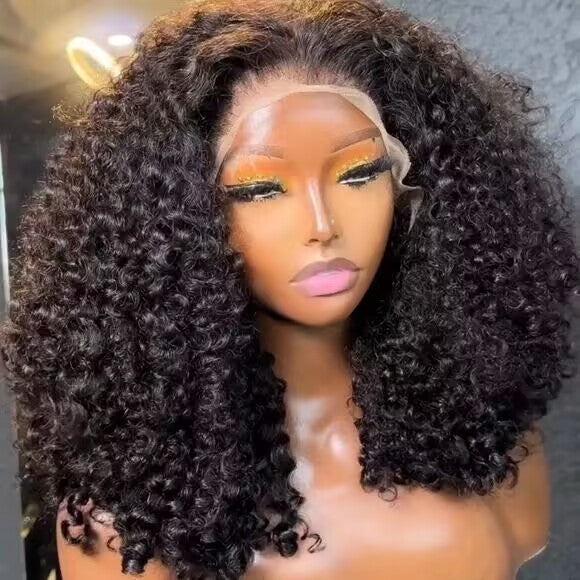

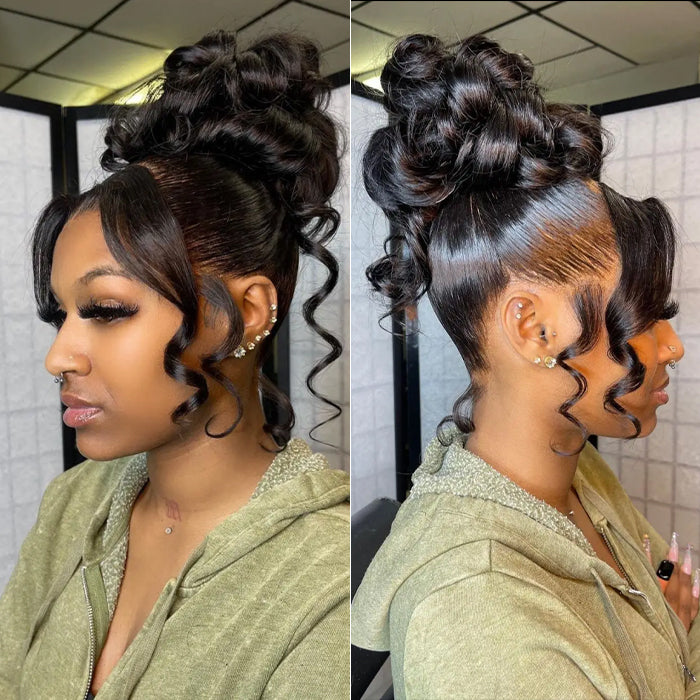
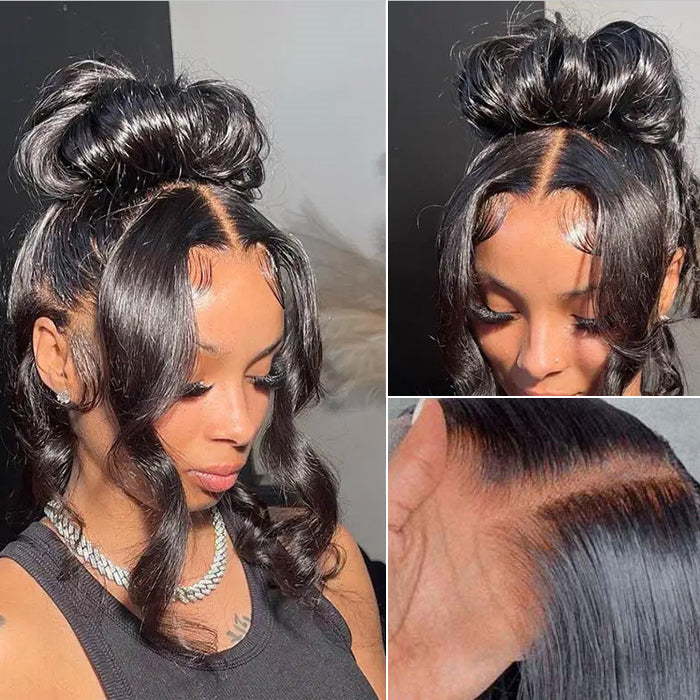
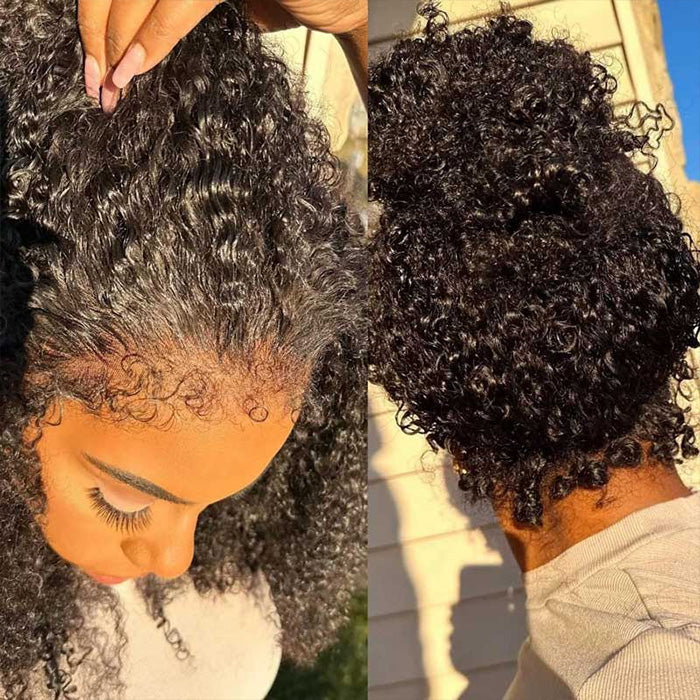
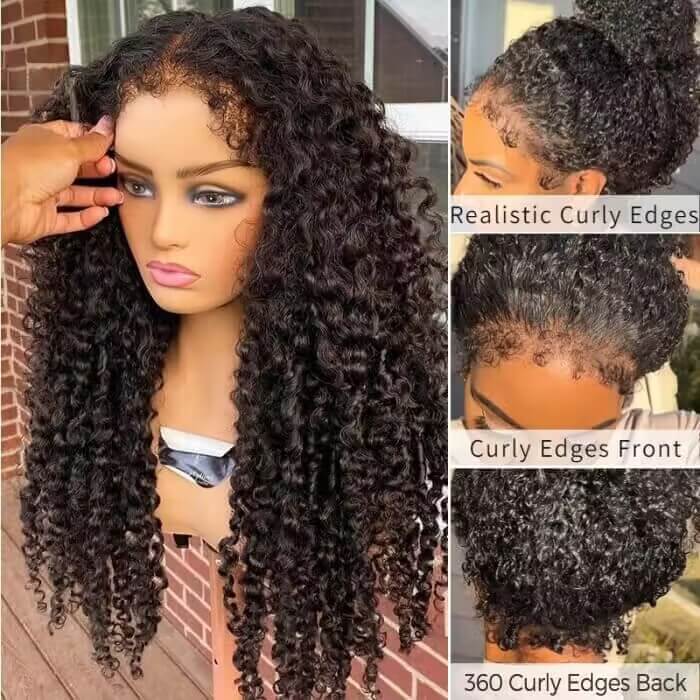
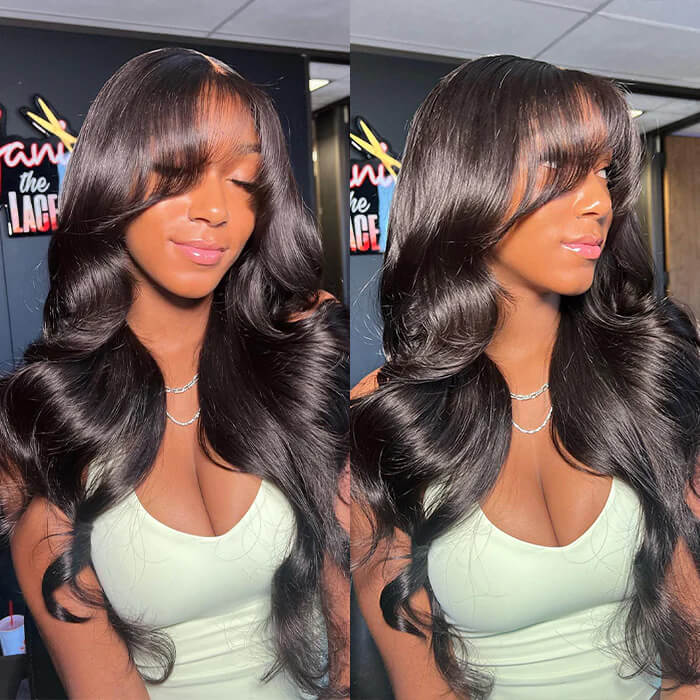


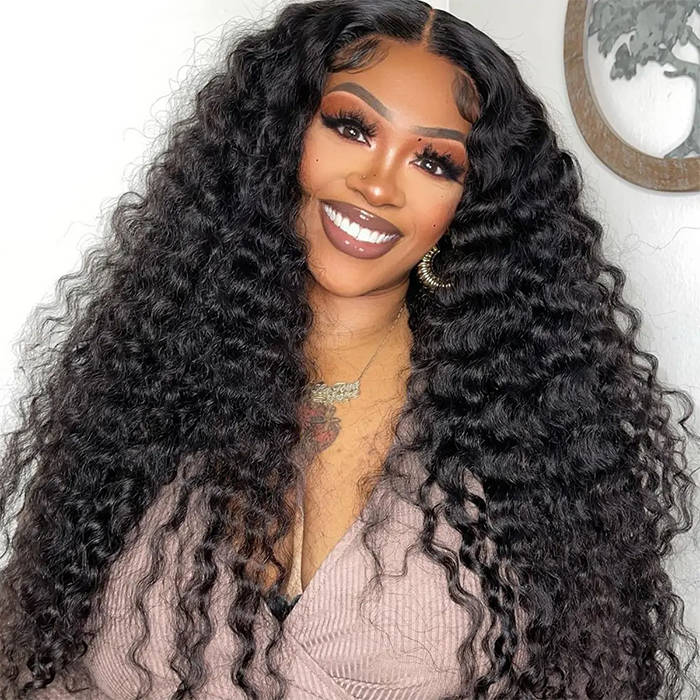
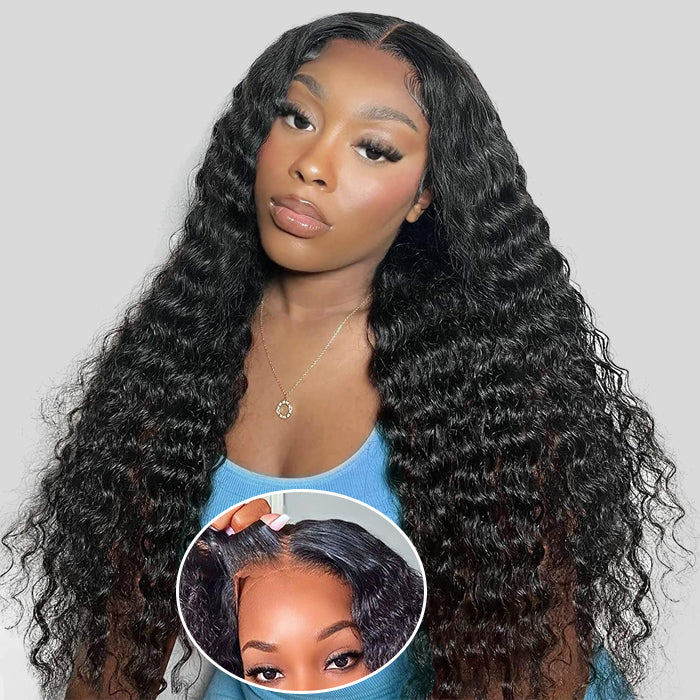
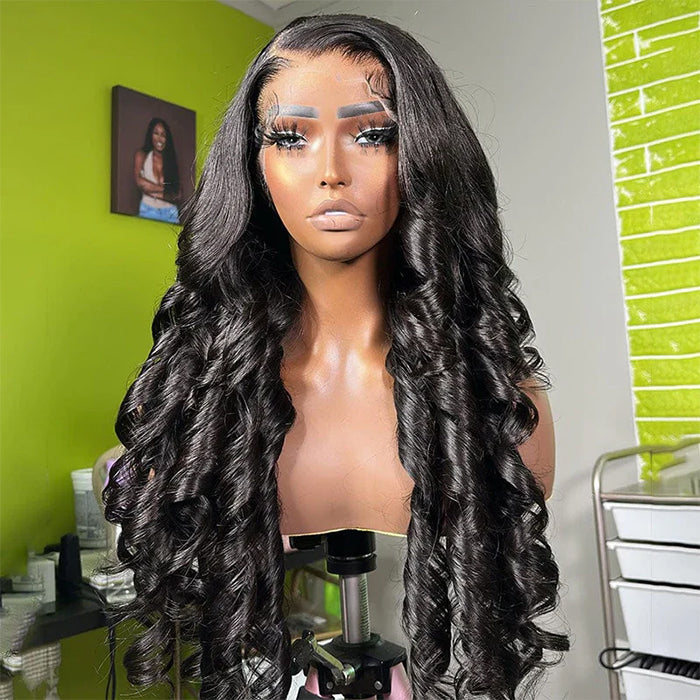

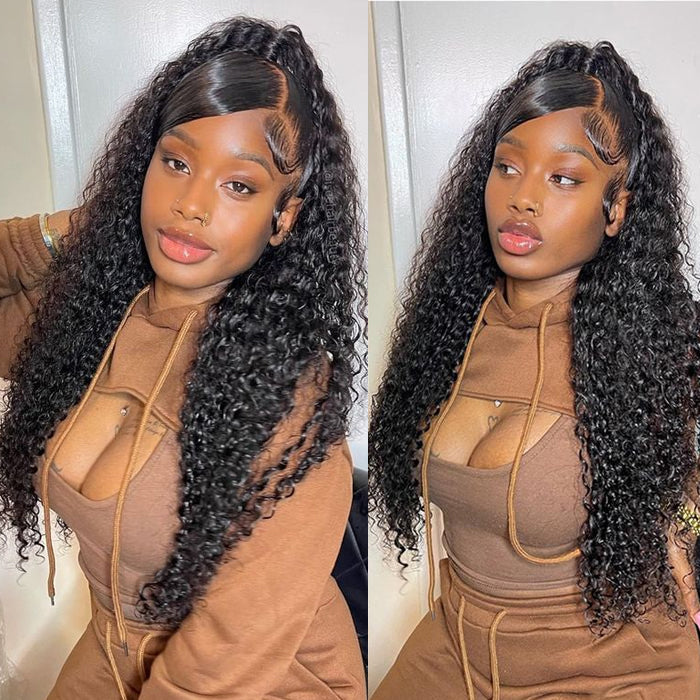

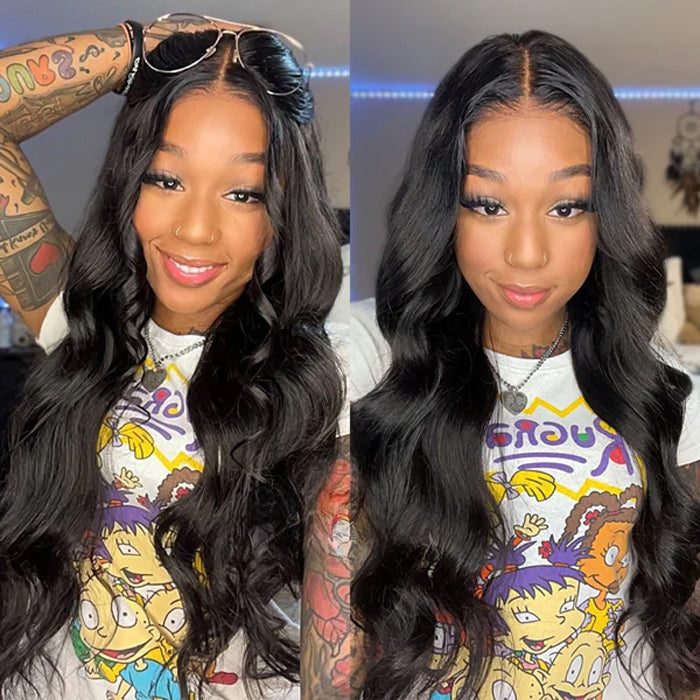



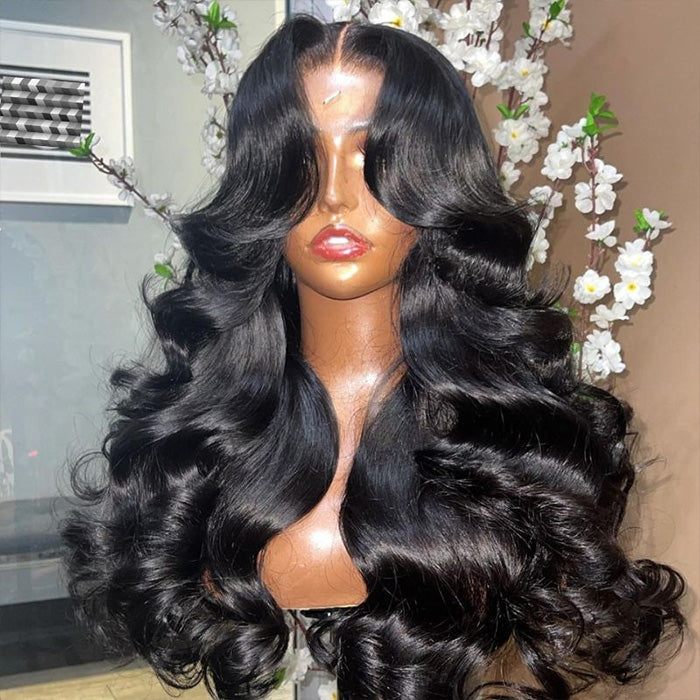
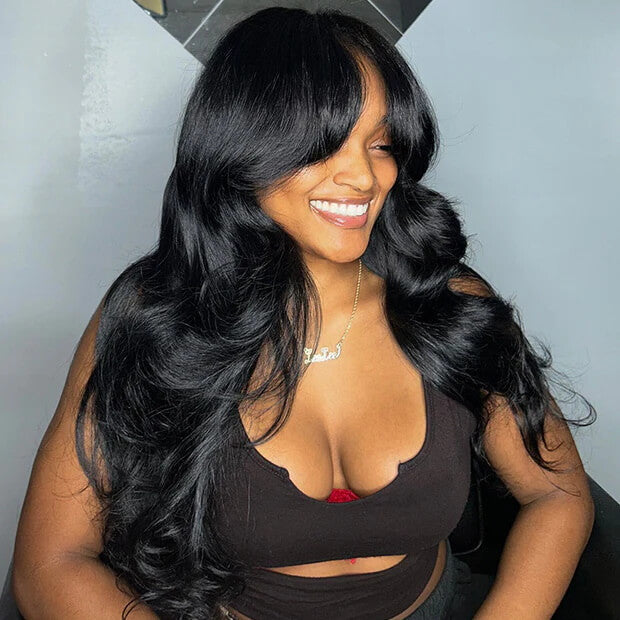
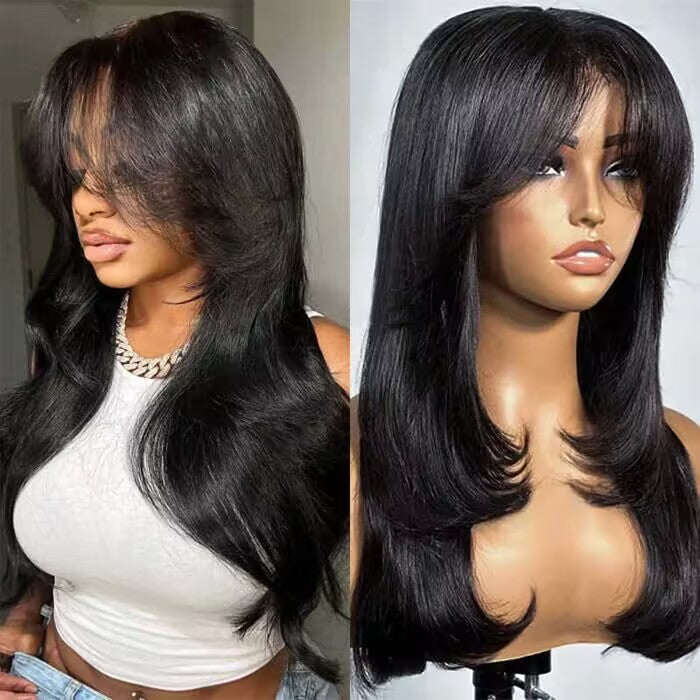
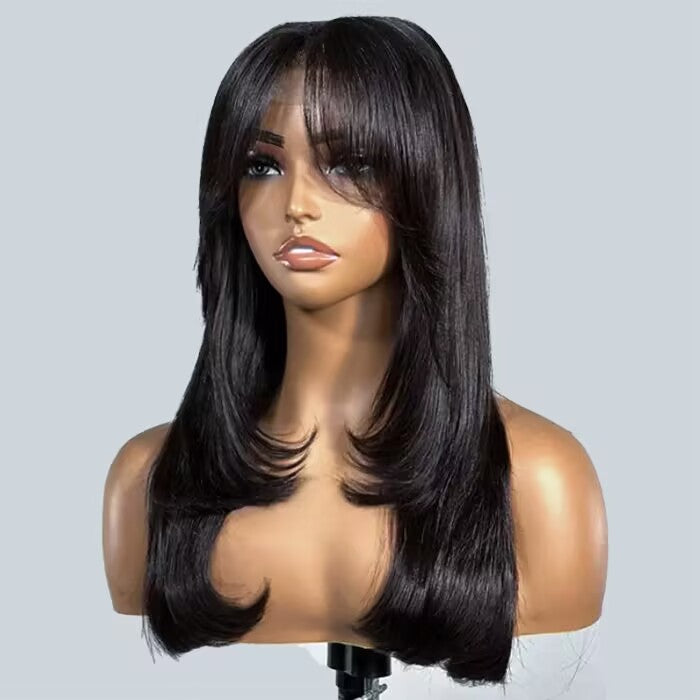
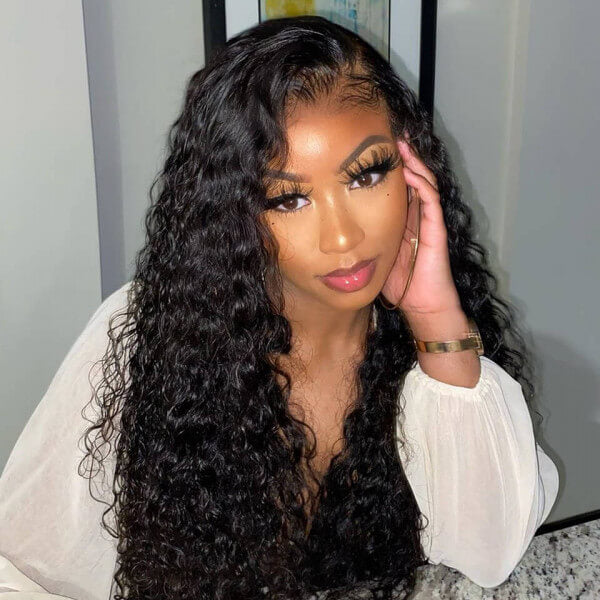
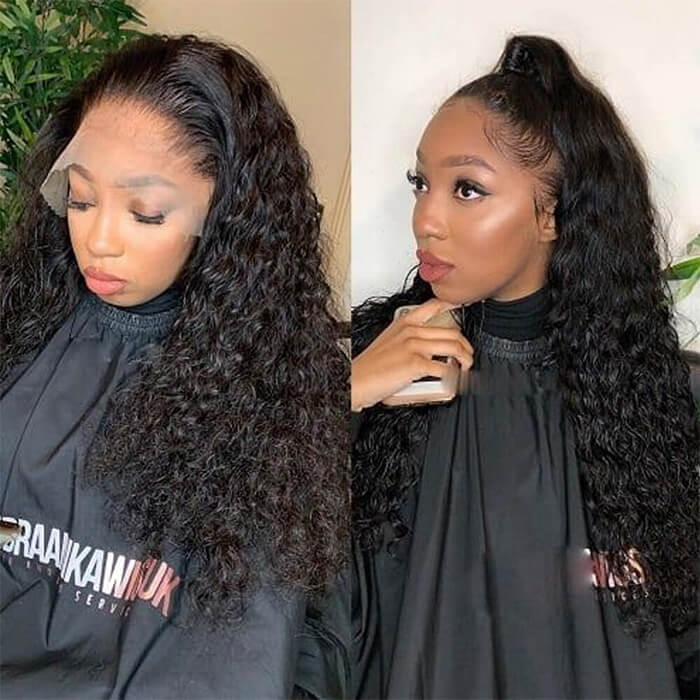
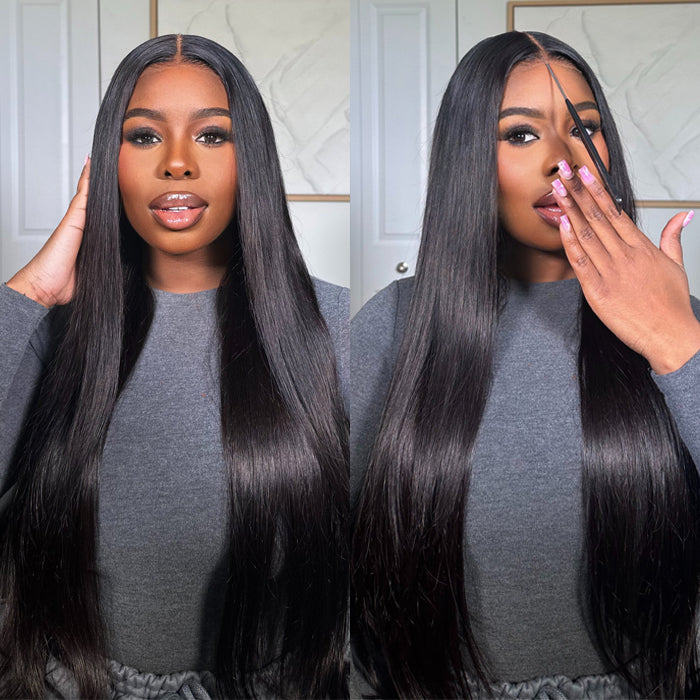
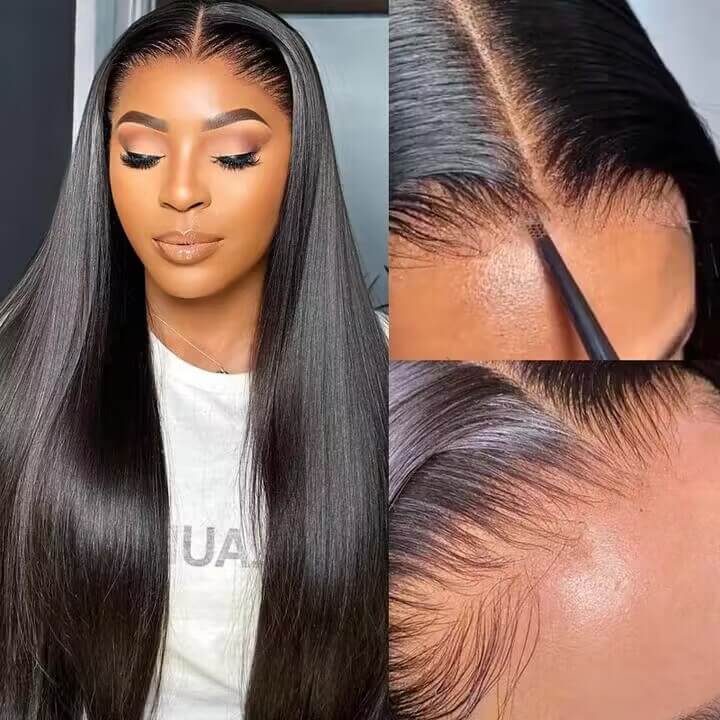
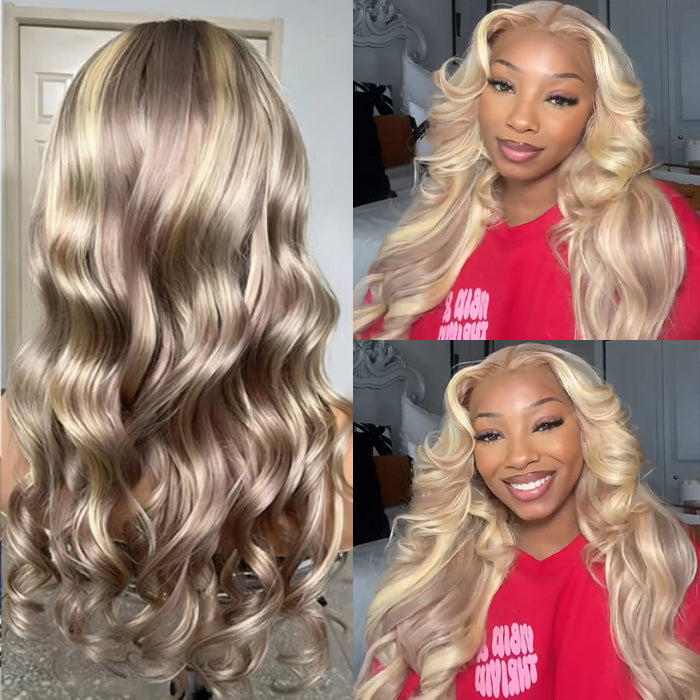
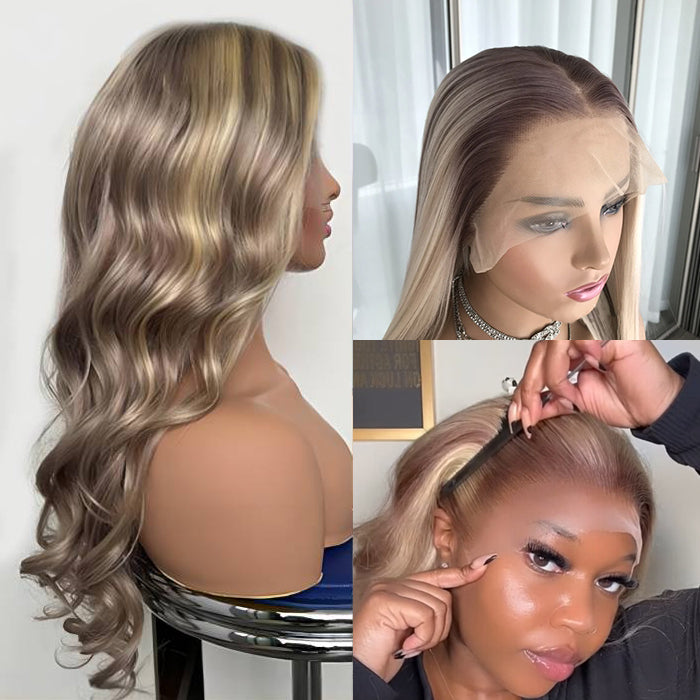
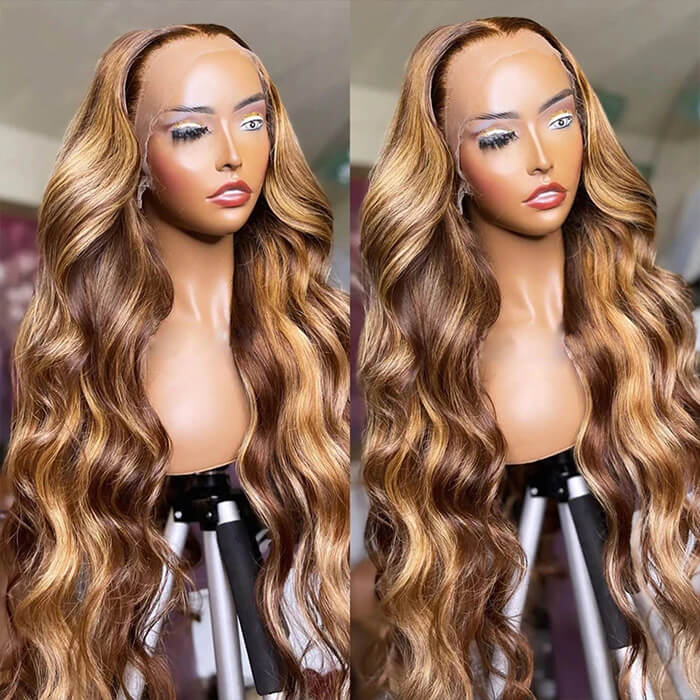
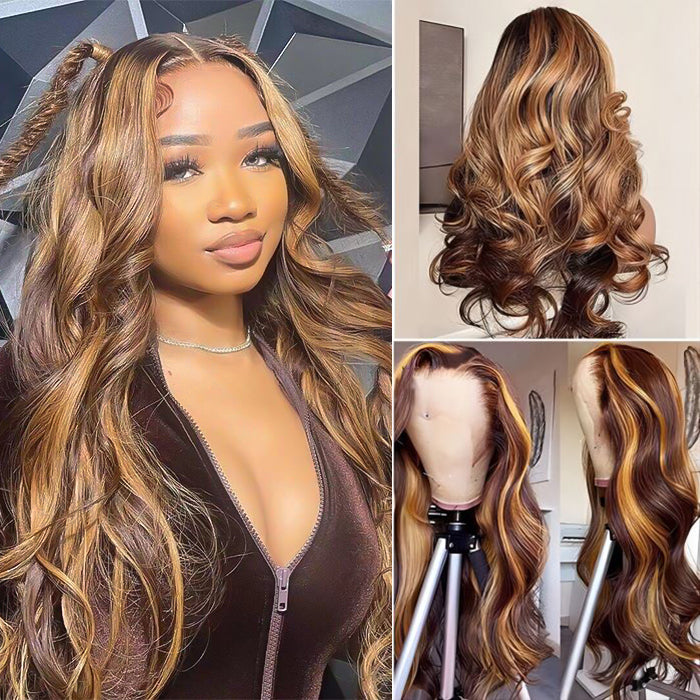
Leave a comment